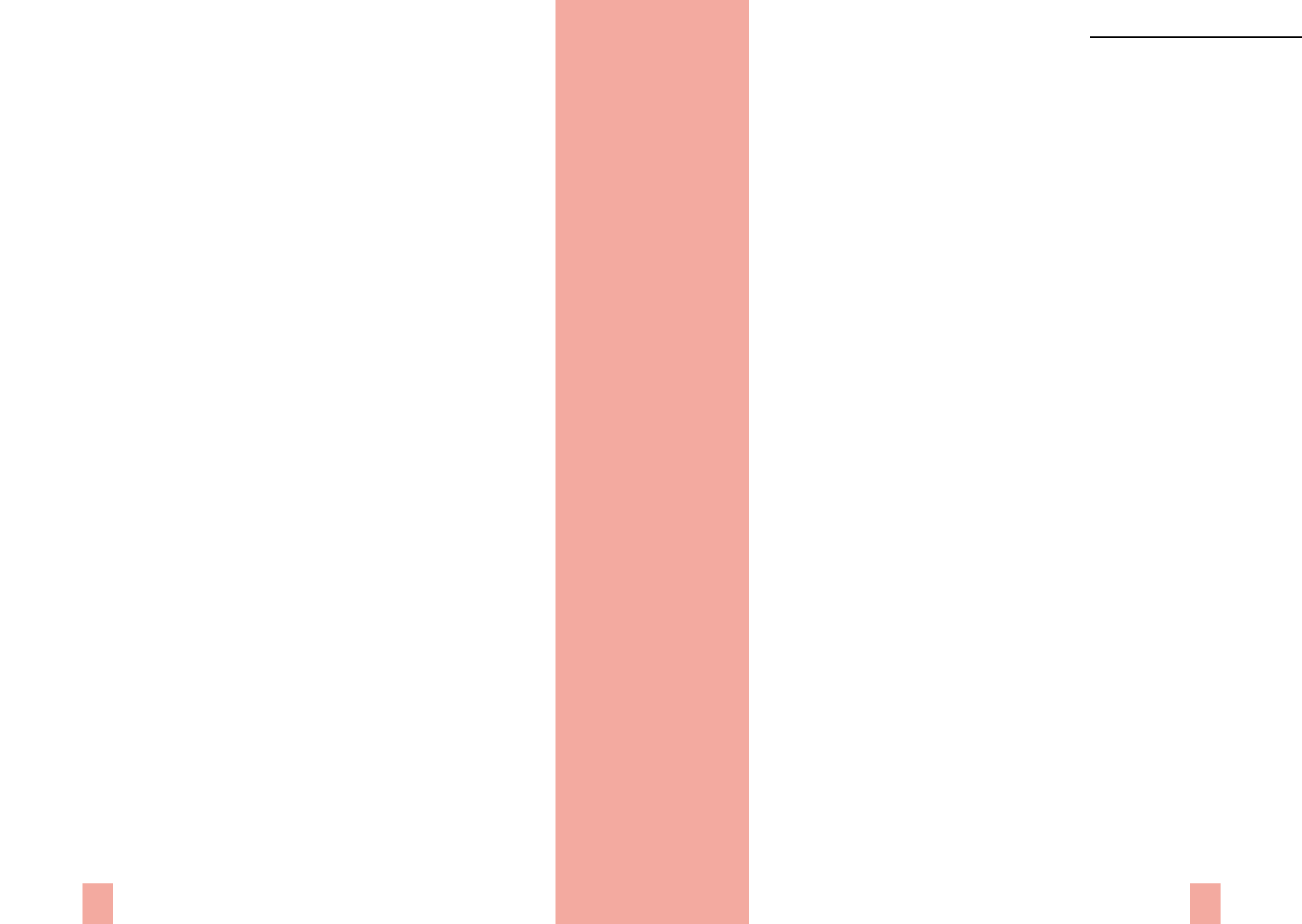

THE SPEAKING BODY
Xth Congress of the WAP,
Rio de Janeiro 2016
477
476
body itself, as one expresses it, but the One–body. We must create some names
in order to find it there in the history that one is trying to tell about these pieces
of real.”
p. 63
“The Unconscious and the Speaking Body” (2014). Trans.: A. R. Price
[HB 12, 2015]
“This is the operation which I suggest can provide us with our compass for the
next congress. This metaphor –the substitution of the Lacanian
parlêtre
for the
Freudian unconscious– fixes down a scintillation. I propose that we take it as an
index of what is changing in psychoanalysis in the twenty–first century, when it
has to take into account an other symbolic order and an other real besides those
upon which it was established.”
p. 126
“Debility, delusion, dupery, this is the cast–iron trilogy that echoes the knot of
the imaginary, the symbolic and the real. (…) Analyzing the
parlêtre
requires
one to play one’s way between delusion, debility and dupery. (…) What is
called the ‘return of the repressed’ is always dragged into the flow of the
parlêtre
where truth turns out to be incessantly mendacious. In place of repression, the
analysis of the
parlêtre
installs mendacious truth, which stems from what Freud
recognized as primary repression. This means that truth is intrinsically of the
same essence as the lie. The
proton
pseudos
is also the ultimate falsehood. What
doesn’t lie is jouissance, the jouissance of the speaking body.”
p. 131
III /b. Unconscious
III /b.1 The Psychoanalytic Courses
“The Other Who doesn’t Exist and His Ethical Committees”(1996).
Trans.: M. Julien, R. Klein, K. Polley, M. Twitchin and V. Voruz [A 1]
“But this real –that of which I have said
there is a real in analytic experience
– is
not the real of the discourse of science, not the real made gangrenous by those
semblants
which emerge from it, and which one is reduced to approaching
by numbers to locate it, as has always been done. It is, on the contrary, the
real specific to the unconscious, or at least that to which, following Lacan’s
expression, the unconscious bears witness.”
p. 19
“
The Semblant and the Real” (1998). Trans.: V. Voruz and B. Wolf,
[PN 9, 2002]
“These two operations will indeed allow Lacan to rejuvenate our reading of
Freud, and in particular of what in Freud could figure as the raw real, namely
id
which is thereby
signifierised and defined in the following way: the
id
, in
German
Es
, is of the signifier, says Lacan, which is already there in the real, some
misunderstood signifier.”
p. 17
“We see why it is a problematic reference: on the one hand, it is a kind of
deduction made from the unconscious, it is the unconscious itself which appears
as a response made to the real at the level of the semblant, a response to the hole
in the real, a response which has to do with the vain effort to make the absence
of sexual programming signify at the level of the real–it appears as a deduction
made from the unconscious, and maybe even as an invention.”
p. 26
“Likewise, we see that to situate the unconscious in relation to the real is entirely
different from situating it in relation to the Other. To situate the unconscious in
relation to the real amounts to saying that the unconscious is fundamentally a
soliloquy, that the unconscious amounts to speaking alone in the semblance as
a defence against the real.
It amounts to rendering psychoanalysis an exception.
Lacan’s last teaching is situated along this edge.”
p. 28
“What is the Real?” (1998), [LI 43/44, 2014]
“(…) in
On a Question Prior to Any Possible Treatment of Psychoses
, Lacan
indicates that the dimension by which the letter manifests itself in the
unconscious is less etymological than it is homophonic.”
p. 17
“To say that the unconscious is history is to say that it is constituted by
the sum of the effects of meaning, where it has, in a certain way, its real
substance. Lacan’s teaching originates, precisely from the notion that the real
is the meaning. This starting point was veiled by Lacan’s next step –and what
crystallized as
Lacanianism
– according to which the psychoanalytic real is the
signifier.”
p. 22
“In order to situate the ideas, I offer Lacan’s second matheme, the one that erects
a bar between what is real and everything that is no more than semblance. I will
add that, at the same time, it deals with bringing to question the unconscious as
meaning, as history, that is, as meaning and as knowledge. For this reason Lacan
hinted that what he was searching for was located, these are his words, ‘beyond
the unconscious’, according to his first lesson in his seminar titled
L’insu que sait
de l’une-bévue s’aile à mourre
. It is the search of a notion, a concept, a movement,
a vector that would go beyond the unconscious.”
p. 22-23
Jacques – Alain Miller



















